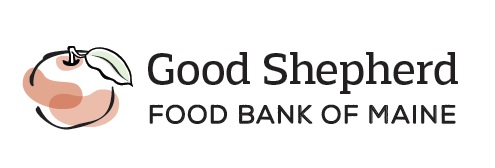Cuts to SNAP would also lead to increased hunger in our state and
dramatic increases in demand on local hunger relief programs. Cuts would also
damage the Maine economy and the businesses where SNAP recipients spend their
benefits.
Good Shepherd Food Bank has joined with our partners at Maine Equal
Justice Partners and Preble Street to form the Alliance to Protect SNAP. Over
the next year, we will work to educate the public and our Congressional
delegation about the importance of SNAP and will raise our collective voice to
advocate for this crucial program.
To sign your organization onto the Alliance to Protect SNAP to
receive ongoing updates, please contact Clara McConnell at cmcconnell@gsfb.org.
SNAP
in Maine
- More than 189,000 people in Maine use
SNAP to access enough food
- 63%
of Maine SNAP recipients are in families
with children
- 43%
are in families with members who are elderly or have disabilities (a
higher proportion than the national average, which is 30%)
- 41%
of the Maine families who accept SNAP are working but cannot fully
afford meals with their paycheck alone
- SNAP
lifted 47,000
people in our state out
of poverty each year, on average, between 2009 and 2012
(including 16,000 children)









